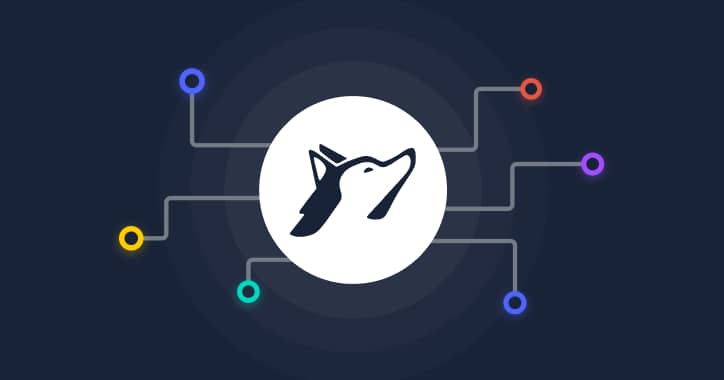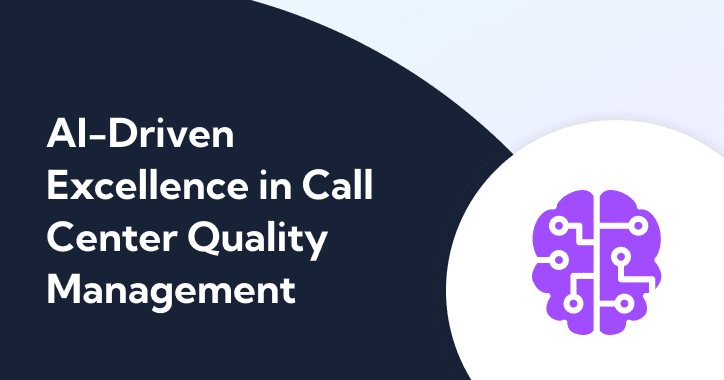In June 2022, the World Bank warned that most countries are heading into a recession.
With a potential recession, continued supply chain challenges, and inflationary pricing, it may seem like it’s time to cut back on costs. Even during difficult times, however, one place you should focus your investment is in your contact center. Rather than being a cost center, the right strategy and tools can transform your contact center into a profit center.
When consumers have financial constraints, credit card transactions tend to increase as well as collections. At the same time, customer queries tend to increase. As consumers are more careful about spending money, they’re more likely to ask questions to ensure they are making good decisions. This leads to more interactions and more opportunities to enhance or detract from the customer experience.
Good customer experience is always important, but it’s even more crucial during a down economy. Let’s take a deeper look at why.
Study: Contact Centers Continue to Invest
In May 2022, we surveyed 360 contact center executives to get their perspective on current operations and how they might adapt in recessionary times. In other words, we wanted to see what contact center execs see as the key to creating a recession-proof contact center.
The biggest takeaway is that despite a declining economic climate, most executives aren’t planning to cut costs in the next year.
Download: How to Recession-Proof Your Contact Center, According to 360+ Executives
Diving deeper into spending shows that 27.7% of respondents did indicate they would be cutting costs in the next year. This group, however, should be seen as a cautionary tale. Those expecting cost cuts had the worse outcomes in both employee attrition and customer satisfaction, and the results are dramatic.
The group that planned cuts had:
- More than twice the employee churn rate (44.8% vs. 21.5%)
- Lower customer NPS scores by five points on average
- Lower CSAT scores by nine points on average
In a time when customer service and support are needed at a higher level, the companies pulling back on spending are already performing at lower rates. What happens when they do indeed cut investment levels in the future?
Invest During a Recession?
Nearly every company focuses on controlling costs when there’s a downturn. It’s natural. But there is a big difference in how they do and the impact it has.
In recessionary times, any gap between companies generally widens. An in-depth study by Bain & Company looked at nearly 3,900 companies globally that had earned double-digit growth for four years proceeding a recession. These top performers were generating solid returns. When recession hit, it showed stark differences.
The “winners” grew at a remarkable 17% compound annual growth rate (CAGR) during the recession and averaged 13% CAGR for years to come. By comparison, the “losers” had 0% growth during the recession, conceded significant market share, and never regain it. They went from double-digit annual growth to zero during the recession and just 1% CAGR after the recovery.
The losers followed what Bain called the “recession playbook” with heavy cost controls, scaling back on marketing and customer service, research and development, and innovation across the board.
The winners focused more on cost transformation. They reduced focus on lower-value products and processes so they could focus more intently on growing in areas with high profitability and long-term sustainability. Rather than across-the-board cuts, they looked for strategic investments to gain ground.
Value Is a Self-Fulfilling Prophecy
Similarly, the Balto study also uncovered a simple truth: value is a self-fulfilling prophecy. If you see your contact center as a value creator, you’re going to invest more in it. You’ll see better results and greater cost savings through efficiency.
Conversely, if you view your contact center as a drain on your resources, it will surely become one.
Contact centers are on the front lines of creating customer experiences, either positive or negative ones. The decision you make about staffing, training, and deploying the right tools for your agents can have long-term effects. A strong, tech-enabled contact center can be a differentiating factor during a recession, and can significantly influence your performance after an economic downturn has ended.
Cost Control in Contact Centers
What should be occurring now in contact centers is self-evaluation to determine ways to improve performance and reduce costs. Leaders must learn to manage the biggest costs of a call center to increase profitability. During a tight economy, you need to ensure you are operating at peak efficiency.
The right contact center software solution can help you streamline operations that can significantly improve your cost control.
Improve Customer Experiences
The best contact center solution will provide real-time guidance for your agents. Using AI and machine learning, it will provide not just talk tracks but entire playbooks for agents that will adapt to the conversation as it unfolds. Dynamic prompts can provide the information agents need and the best way to present it.
Real-time guidance goes way beyond typical agent assist based on keyword matches. Real-time guidance helps optimize conversation and create better outcomes and customer experiences.
The best contact center solutions will also provide 100% real-time scoring of all calls, eliminating the need for spot checks or reviewing hours of conversations. Your software should also provide real-time coaching opportunities by automatically alerting managers to trigger events for on-the-spot coaching.
All of this improved agents’ efficiency and performance while cutting down on expensive and time-consuming monitoring and training sessions.
Reduce Ramp Time
Because real-time guidance provides the best possible playbook for agents based on experience and optimization, this significantly reduces ramp time to onboard new agents. Agents are more confident because the software guides them and augments the conversation.
In a high-turnover industry, reducing ramp time is a significant way to trim costs.
Improve Agent Satisfaction (and Retention)
By helping guide better customer interactions, agents are more satisfied. There’s less drama and frustration in general — two key factors that influence turnover. The right contact center technology helps create a better and more satisfying work environment.
Increase Revenue
Even in an economic downturn, there are still significant ways to impact revenue. Training teams in cross-selling and upselling strategies can make a big impact.
The right tech platform can listen to conversations to suggest the right time to offer additional sales opportunities and make it easier for agents to generate revenue. According to a Yale School of Management study, when salespeople and agents are happier and more engaged in their work, they are more likely to up-sell customers and generate more sales.
You Can Grow During and After a Recession
Investing in AI technologies that provide the tools contact centers need to guide the customer experience is a good solution at any time. During recessionary periods, it’s even more crucial to optimize workflow, improve performance, and streamline operations.
Using a solution like Balto can help transform your contact center from a cost center to a profit center and position your company to grow both during an economic downturn and afterward.
Contact Balto for a free demo and see how you can streamline your operations and grow your revenue.






